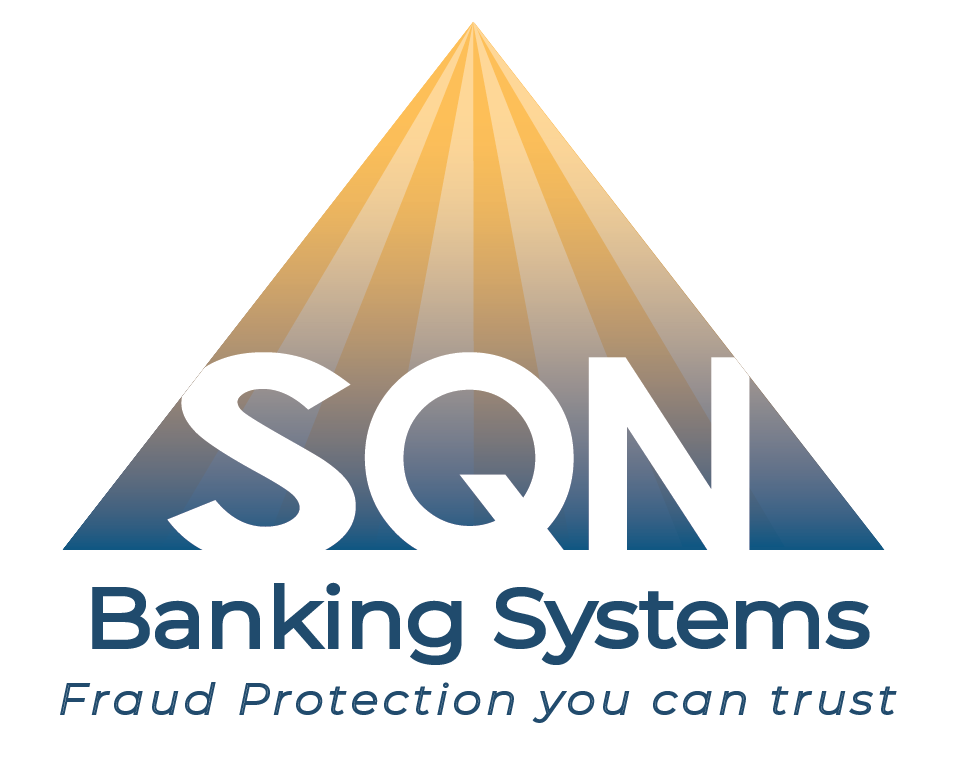Five Tips To Be a Successful Financial Institution Post-Pandemic

Many safety measures embraced during the COVID pandemic showed consumers and businesses new possibilities. While these efforts were initially excepted to be temporary, they are now shaping the social and business world, and financial institutions are no exception.
If you run a financial institution, it’s no longer business as usual. To meet the expectations and demands of consumers in the post-pandemic world, you need to run a post-pandemic financial institution. Here are the core features of successful post-pandemic financial institutions.
1. Extreme Digitalization
Extreme digitalization creates streamlined and personalized customer journeys. It integrates all the customer experience into a single platform and allows banks to create new services and revenue streams. Digitalized banks also utilize AI and automation to support their employees. To improve internal workflows, they embrace hybrid technologies and an agile approach to design and organization.
By leveraging digitalization to deliver more with fewer resources, financial institutions create structural and sustainable operational savings. At the same time, they also improve the customer and employee experience.
In the post-pandemic world, financial institutions need to ensure they utilize tools and create processes with operational resiliency that can get their organizations through anything. But they also need to recognize that there are inherent vulnerabilities to adopting new digital models and training employees to use them.
Fraud artists are always looking for ways to exploit vulnerabilities, and as you journey toward extreme digitalization, you need to make sure that your security measures keep pace with your digitalization process.
2. Committed to Risk Mitigation
To thrive in the post-pandemic world, financial institutions need tools that let them quickly evaluate changes in the internal and external risk exposure. They can’t rely on traditional risk mitigation models to deal with new realities. They must recalibrate their approach to risk using new data and current market scenarios.
To mitigate internal risks, for example, financial institutions need to ensure remote employees have the right IT security essentials in place. They also need to improve asset valuation models to deal with unstructured data and variables so they can accurately assess internal liquidity.
External risks include credit, counterparty, market, regulatory, and fraud risks. The post-pandemic bank needs to employ tactics that can address these risks on both a temporary and long-term basis.
3. Data-Driven
Financial institutions have access to immense amounts of customer and market data, and to gain a competitive edge over other banks as well as fintechs, they need to leverage their data to improve operations across the board.
When utilized correctly, internal and external data insights can improve the customer experience, drive operational efficiencies, and improve compliance efforts. Effective data utilization relies on advanced analytics, artificial intelligence, machine learning, and cognitive functionalities. Successful post-pandemic financial institutions are using data to guide their decision-making processes.
4. Cloud-Based
Post-pandemic banks are replacing legacy infrastructure and applications and moving to cloud-based or hybrid environments. They’re developing cloud-based apps that can work safely and compliantly for both internal and customer-facing purposes.
To support work-from-home employees, financial institutions are embracing cloud-based collaboration tools that allow office and home-based employees to work together. These tools also help to create connections between employees, vendors, and customers.
Forward-thinking financial institutions are also utilizing the cloud in innovative ways to share data with competitors. By integrating confidential computing with cloud-based technology, for example, they’re finding new ways to fight fraud, without compromising the integrity of their internal data.
5. Secure
The pandemic increased fraud activity, and in turn, that also signaled an increased need for fraud prevention, detection, and mitigation. Banks that have been successful in the wake of the pandemic are using advanced analytics, artificial intelligence, and automation to protect themselves from fraud and financial crimes. They’re embracing technology that decreases manual workloads for fraud teams, while simultaneously improving efficiency.
To be successful in a changed world, banks have transformed their business models. They’ve strengthened operations through heightened security, more cloud access, and advanced automation. They have simplified their processes and services by turning to extreme digitalization.
Risks and threats are always changing, and to survive, financial institutions need to be strong and agile. They need tools and solutions that can help them move forward safely and confidently regardless of what the world or the markets throw at them.
If you want your financial institution to be more secure, we have the tools and solutions that can help mitigate your fraud risk. We can help your financial institution be successful in the post-pandemic world and long into the future. To learn more about how we can help you, contact us at SQN Banking Systems today.
